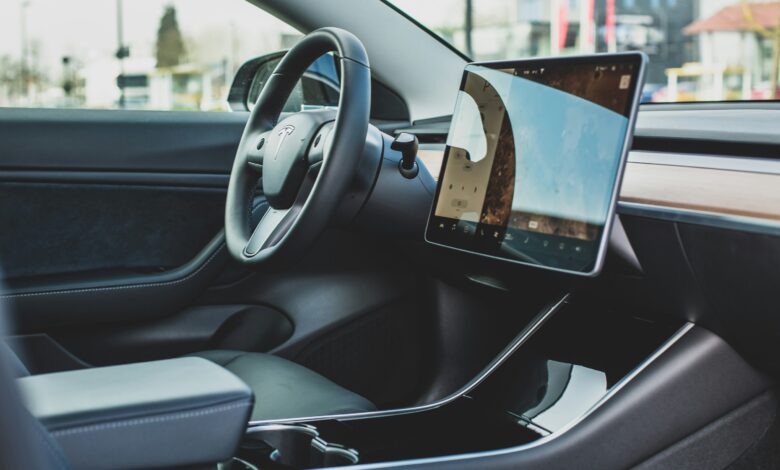
Our daily routines are becoming more connected, with technology playing a bigger role in making life smoother and safer. Whether you’re at home, on the road, or out and about, smart tech offers countless ways to stay organised, secure, and healthy.
Smart Home Devices: Protecting Your Property and Peace of Mind
You may not always be at home, but that doesn’t mean you can’t keep an eye on your property. Smart home devices, such as security cameras and motion sensors, allow you to monitor your home, providing not only peace of mind but convenience as well.
For instance, a smart doorbell with a camera lets you see and speak to visitors without opening the door, whether you’re in the house or miles away. Similarly, motion sensors detect unusual movement around your property and can send instant alerts to your phone, so you know if something isn’t quite right. These systems make it easier than ever to ensure that your home remains secure.
Wearable Technology: Keeping Health and Safety in Check
Smartwatches and fitness trackers aren’t just for counting steps or monitoring your workouts. These wearable devices are increasingly designed with personal safety in mind. They monitor critical health metrics, such as heart rate, and can detect falls, which is especially useful for older adults or those with medical conditions.
For example, many smartwatches have an emergency alert feature that automatically notifies a loved one or emergency services if a fall is detected or if the wearer experiences an unusual health event. These devices can give people confidence knowing that help is just a button press away. They also track physical activity, making it easier to stay on top of your fitness while simultaneously checking on your overall well-being.
Smart Lighting and Automation: Convenience Meets Safety
When you walk into a dark room, you no longer need to fumble for the light switch. Smart lighting systems can turn on automatically when you enter a room, creating a safer environment as you move through your home. At night, motion-sensitive lights can illuminate paths to help prevent trips and falls, particularly in areas like hallways or staircases.
These systems also help conserve energy. Smart bulbs allow you to set schedules for lighting, so you can ensure lights are only on when needed. Some even adjust brightness based on time of day or ambient light levels, offering convenience as well as environmental benefits.
Digital Assistants and Voice Control: Hands-Free Help
If your hands are full or you simply don’t feel like getting up, voice assistants like Amazon Alexa or Google Home can make a huge difference. These digital assistants allow you to control various smart devices around your home with a simple voice command. You can turn off the lights, adjust the thermostat, or even lock the doors, all without lifting a finger.
More importantly, these devices can offer real-time assistance in emergencies. If you need help, you can ask your voice assistant to call a family member or emergency services. With a digital assistant, hands-free assistance is just a voice command away, providing safety and convenience in one.
Connected Cars and Telematics Insurance: Safer Driving Through Technology
Driving has become safer thanks to connected car technology and telematics insurance. Telematics systems monitor driving behaviour, tracking factors like speed, braking patterns, and acceleration. This data is often used by insurance companies to offer personalised premiums based on your actual driving habits.
By encouraging safer driving practices, telematics insurance can help reduce the risk of accidents, making you a safer driver on the road. Plus, with improved driving habits, you might see lower insurance costs, benefiting both your safety and your wallet.




